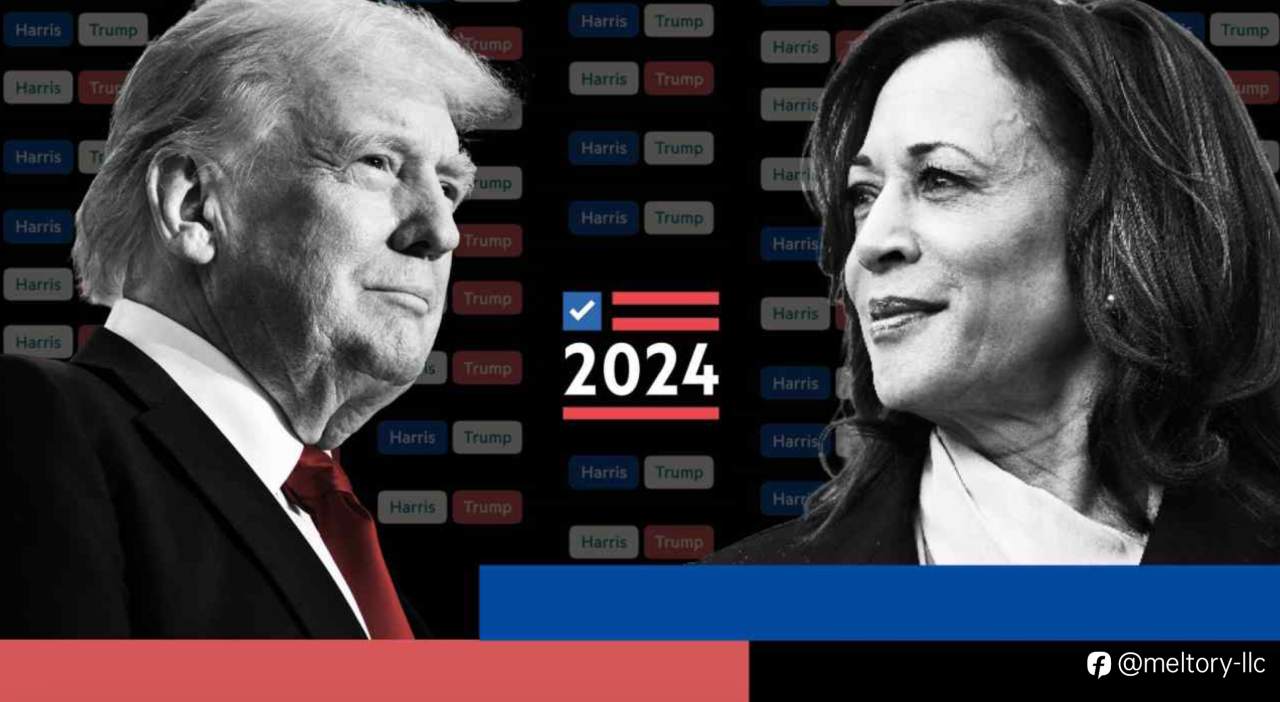
The U.S. presidential elections have a massive influence on the Forex market, mainly because the U.S. dollar is involved in most global transactions. Election cycles create uncertainty and speculation about economic policies, making it an intense period for currency fluctuations. Here’s a look at how recent elections have directly impacted Forex trading with specific dates and events.
1. 2016 Election: Trump vs. Clinton
The 2016 election between Donald Trump and Hillary Clinton created a wave of volatility in the Forex market. Leading up to Election Day on November 8, 2016, the dollar experienced fluctuations as traders speculated on Trump’s promises of tax cuts and deregulation. When Trump unexpectedly won, the dollar surged against the yen and euro due to optimism about his business-friendly policies. Between November 8 and December 2016, the USD/JPY pair jumped from around 105 to 117, while EUR/USD dropped from 1.11 to 1.04. This shift, later known as the “Trump rally,” was one of the fastest dollar rises in recent history.
2. 2020 Election: Trump vs. Biden
The 2020 election cycle was marked by the pandemic and heightened economic uncertainty, intensifying Forex market reactions. Leading up to the November 3 election, traders were cautious, with the dollar showing mixed movement. When Joe Biden won, the markets anticipated a shift toward fiscal stimulus and healthcare investments, leading to a short-term drop in the dollar. The EUR/USD pair, for example, rose from 1.16 in October to over 1.21 by December 2020, reflecting expectations of increased spending and inflation concerns. The dollar index dropped roughly 5% from early November to year-end, showing the market’s reaction to anticipated policy changes.
3. Historic 2008 Election: Obama vs. McCain
During the financial crisis, the 2008 election between Barack Obama and John McCain created major uncertainty. With Obama’s win on November 4, 2008, markets predicted government bailouts and financial sector reforms, causing shifts in the Forex market. After his victory, the dollar initially strengthened as a safe-haven currency due to the crisis. However, as stimulus and bailout plans were implemented, the dollar weakened; the USD/JPY pair dropped from 110 in October to 87 in early 2009 as traders expected long-term debt increases due to stimulus packages.
Lessons for Forex Traders During Election Cycles
These examples show how each candidate’s policies and the broader economic context shape dollar volatility. In general:
• Stay Cautious with the USD: The dollar often faces volatility before, during, and after U.S. elections due to speculation.
• Plan for Long-Term Movements: Policy changes take time to affect the economy, so while initial reactions are short-term, some currency movements may persist based on fiscal and monetary shifts.
• Watch Policy Announcements Closely: Key policies, especially on trade, taxes, and government spending, can provide hints on how the dollar may perform.
By studying these election cycles, Forex traders can better anticipate and prepare for periods of increased volatility, using events like U.S. elections to make informed and strategic trading decisions.
For more trading insights and tips, follow along for updates!
风险提示:以上内容仅代表作者或嘉宾的观点,不代表 FOLLOWME 的任何观点及立场,且不代表 FOLLOWME 同意其说法或描述,也不构成任何投资建议。对于访问者根据 FOLLOWME 社区提供的信息所做出的一切行为,除非另有明确的书面承诺文件,否则本社区不承担任何形式的责任。
FOLLOWME 交易社区网址: followme.asia


加载失败()